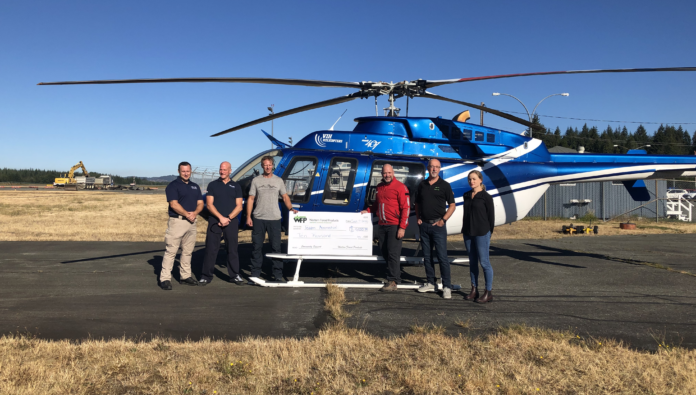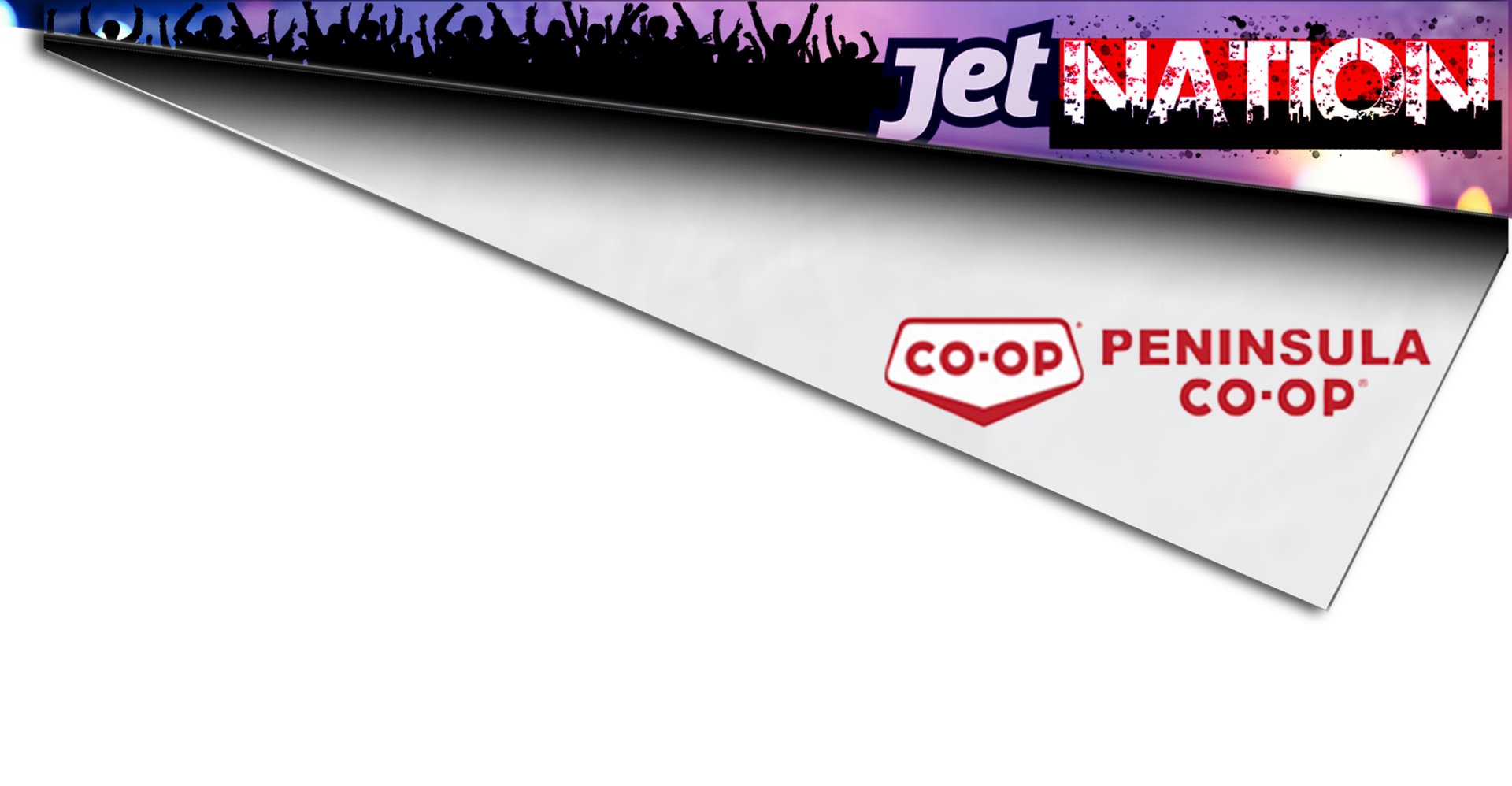Safer, Transport Canada-certified long-line rescue equipment will see safer extraction and better service to North Island forestry workers.
$10,000 in funding announced Friday by TEAAM Aeromedical and Western Forest Products will see the purchase of a Human External Transport System (HETS) kit.
TEAAM president and co-founder Miles Randall says the system allows rescue crews to be about 150 feet (46 metres) to 200 feet (61 metres) under a helicopter, provide medical assistance and safely lift a patient out of the area inside the system.
Randall says aside from the system being Transport Canada approved, it allows teams to quickly and safely transport patients out.
“We responded to a tree planter who had a fractured femur recently,” said Randall, describing a recent incident in another area. “We long-lined two medics right to the patient, they delivered patient care right then and there.
“He was safer, he was treated faster, and none of the co-workers had to put themselves at risk of injury by trying to carry him out.”
Randall says the system is similar to systems being used by Search and Rescue and is a step up from older systems sometimes being used to make things work.
“There are things like Billy Pugh nets that have been used in the past and are not Transport Canada approved for the type of rescue that we’re doing,” said Randall. “They would put somebody in a net attached to the belly of the aircraft and fly them out.”
Randall says with those types of equipment that are not Transport Canada certified, there is the potential for a catastrophic incident.
TEAAM Aeromedical’s Campbell River base was announced in late August. The program started in 2017 and provides Search and Rescue services to industries like forestry and outdoor clubs on a subscription basis.
Western Forest Products timberlands vice-president Don Holmes says the service will provide more security in the forestry industry and help employees in Campbell River and the North Island.
“We’re about 250 people, which would be Western Forest Products employees,” said Holmes. “But as we reach further into our North Island operations, between company and contract personnel, it’s somewhere in the range of 700 to 800.”
Holmes adds the service will be necessary for scenarios when serious incidents occur, as they’re often in difficult-to-reach areas.
Randall says the HETS kit is currently being built and should be ready in the next 30 days. They will then be doing training with Vancouver Island and 49 North helicopters.
They plan to be ready to go by mid-October.






